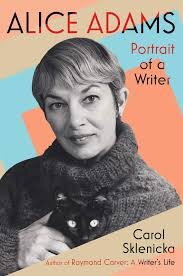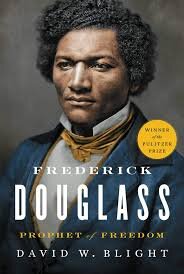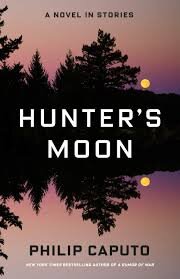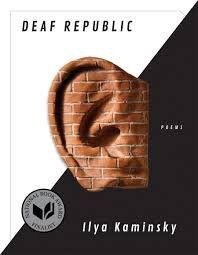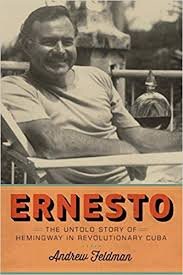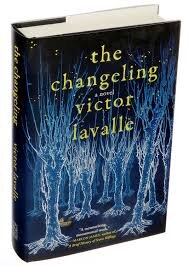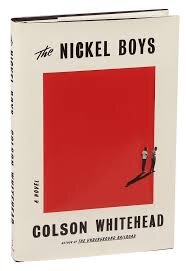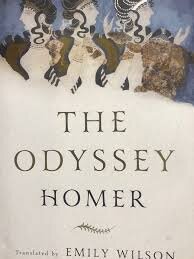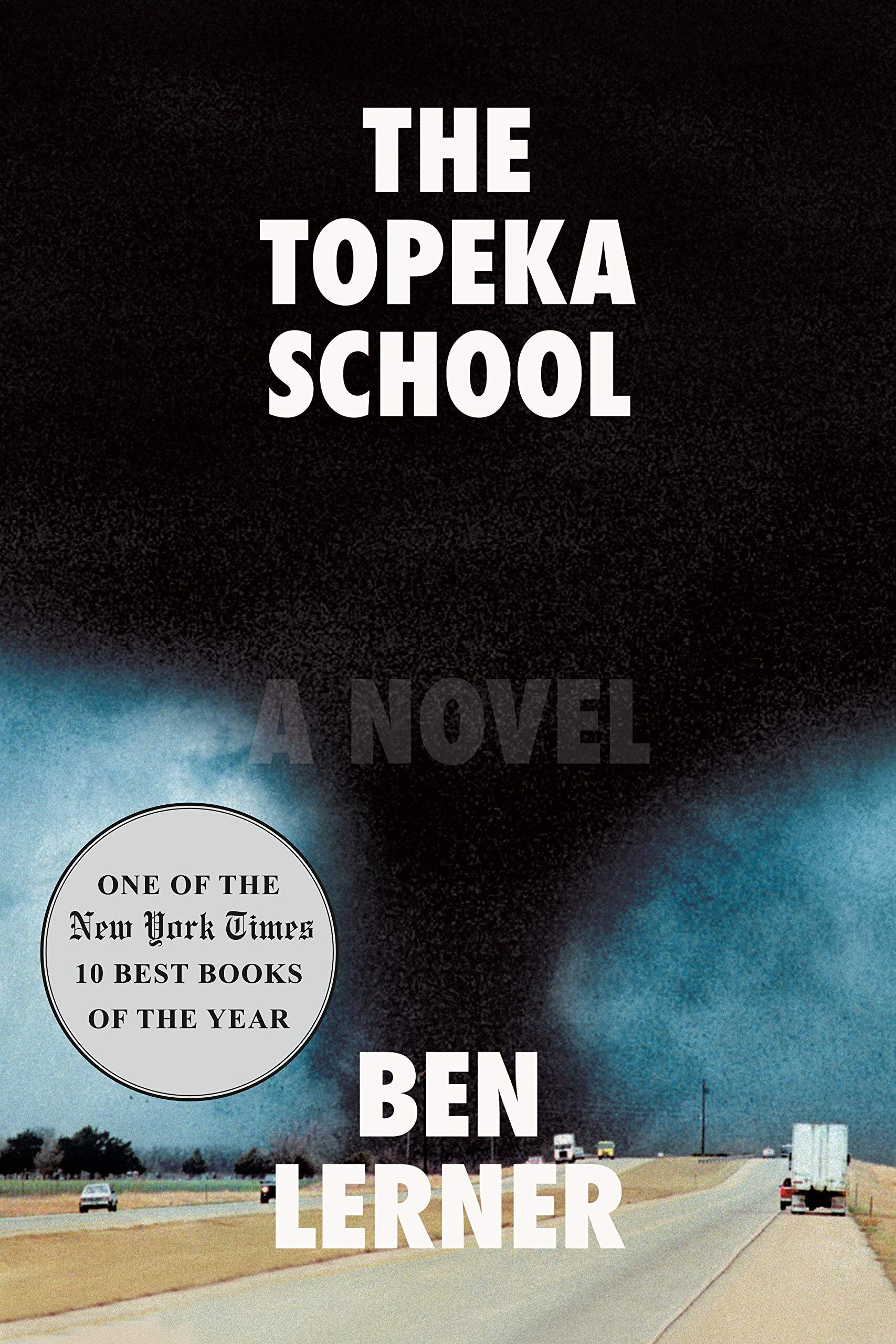By Steve Paul
@Copyright 2019
Used to be I was able to keep up with much of the publishing world and as years were ending I’d have a decent handle on what might have been the best books of the year. These days, I’m deeply engaged in book projects of my own. So it’s hard to peek around the stacks of project-oriented reading (Hemingway letters and Connell, Connell, Connell) that create little cairns near my desk and the various reading nests I make for myself around the house. Nevertheless, I managed to work in some extra-curricular reading, and though scatter-shot, it left me with quite a few books worth recommending.
Three relatively short, totally accomplished novels stood out:
+ Colson Whitehead’s The Nickel Boys is an aching and revelatory story of racial horror centering on the legacy of a real Florida reformatory.
+ Kevin Barry’s Night Boat to Tangiers presents a tale of two crusty Irishmen in search of a missing young woman that, as Barry mines the secrets in his characters backstories, sails on lyrical language that will make a reader swoon.
+ The Topeka School, by Ben Lerner, was justifiably praised for the human power and narrative invention that shape its takes on millennial anxieties, family, the heart-and-mind dilemma, and art.
Philip Caputo, who wrote one of the great early novels about the Vietnam War (A Rumor of War), issued a gripping story collection, Hunter’s Moon, that resonates with wounded warriors, the backwoods tableaux of Michigan’s Upper Peninsula, and the legacy of Hemingway. It didn’t hurt that I was traveling through the territory of “Big Two-Hearted River” as I was reading Caputo’s book.
Was it the Year of the Duck? Deborah Eisenberg’s Your Duck Is My Duck offers, as usual for her, mind-splitting short stories. And, I’ll confess, I’ve only gotten a short way into one of the most talked-about—and certainly the longest—novels of the year, Lucy Ellman’s Ducks, Newburyport. This stream-of-consciousness triumph—told in essentially a single sentence (sort of) over 1,000 pages—courses through a contemporary woman’s world like Leopold (or Molly?) Bloom on hyper-engineered weed.
I didn’t have much time for mysteries and thrillers (oh, wait a minute, I watched “The Watchmen,” Harlan Coben’s “Safe,” “Broadchurch,” and “The Worricker Trilogy”…), but I managed diversions through another Craig Johnson novel (he of the Wyoming-set “Longmire” series). Johnson’s, Another Man’s Mocassins, like Caputo’s, resonates with Vietnam War wounds and legacies; and Havana Lunar, a streetwise Cuban detective tale by Robert Arellano.
To prepare for reviewing a new biography of Alice Adams, I revisited many of the short stories that helped to make her name in the 1960s, ‘70s, and beyond. Adams earned a reputation for delving deeply and honestly into the lives, minds, and sex drives of women. Carol Sklenicka, whose earlier Raymond Carver biography I also dipped into, brings an expert eye and skillful style to Alice Adams: Portrait of a Writer. Along with a recently issued Adams story collection, Sklenicka’s book could help revive interest. Here’s my review for the Star-Tribune.
Another California writer currently riding a revival wave is Eve Babitz, a onetime Hollywood It-girl whose memoirs and journalism have been prominently reissued. I happened to catch a talk by her biographer, Lily Anolik, in New York in November, then read her recent book, Hollywood’s Eve, which is nearly as manic and endlessly fascinating as her subject.
I immersed myself in quite a bit of Bob Dylan this year, prompted by a symposium down in Tulsa last spring. I had designs on writing an extended piece on one of Dylan’s albums, though other projects have become higher priorities. Still, revisiting Invisible Republic by Greil Marcus and hearing him and others speak at “The World of Bob Dylan” gave me plenty to chew on no matter where I go with this idea. I managed to miss Dylan’s recent tour, except for a bootleg audio, but fell for Martin Scorcese’s “Rolling Thunder Revue,” about the Dylan extravaganza of 1975, which is still streaming on Netflix.
2019 was the year I finished reading Emily Wilson’s magnificent new translation of The Odyssey. After Toni Morrison’s death, I began dipping back into some of her essays and hope eventually to return to her early novels. Early in the year, I read the four biographies contending for an award from the Biographers International Organization. The winner (and my first pick) was David Blight’s Frederick Douglass, which, despite its 19th-century time frame, seems ever so timely and essential today. Another biography: Ernesto, by Andrew Feldman, about Hemingway’s long and complicated relationship with Cuba, which I reviewed for Booklist.
Turns out I read more this year than I realized, including a few books consumed via audio. Several worth mentioning: Victor Lavelle’s quasi-horror story The Changeling; Margaret Atwood’s creepy The Heart Goes Last; Hue 1968, by Mark Bowden; Richard Powers’ big eco-conscious novel about trees, The Overstory; Sophisticated Giant, a biography of the jazz saxophonist Dexter Gordon, by Maxine Gordon; No Place I’d Rather Be, by Joe Bonomo, a biographical portrait of Roger Angell and his love affair with baseball; Ilya Kaminsky’s much-lauded poetry collection, Deaf Republic; and my friend Karla Deel’s lively new book on Kansas City’s dark history—Storied & Scandalous.
